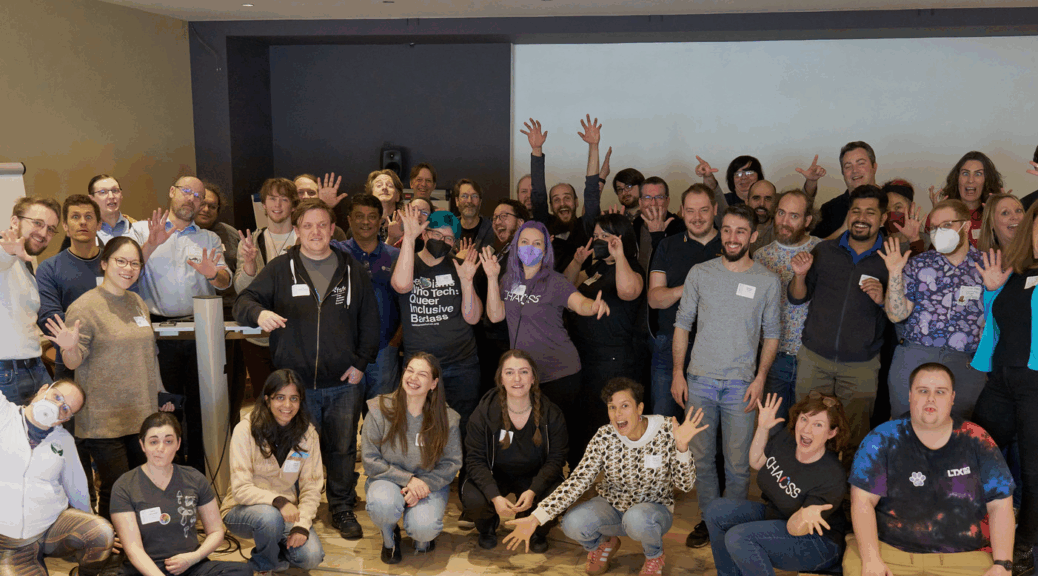I wrote a blog post earlier this week, Contributor Sustainability Impacts Risk and Adoption of OSS Projects, focused on helping maintainers and open source project leaders understand how companies view risk and how this impacts adoption of their projects. Marko Bevc commented on Bluesky that “there is another side of this coin while companies evaluate the risk (as they should), they should also look into how they are going to support those projects they use (either with contributions or/and other resources – e.g. funding).” This is a really important point, and it’s something that I always bring up when talking to companies about evaluating risk (20 min into this video, for example), so I decided to write a part 2 for the original post, but this time focused on what companies can do to mitigate contributor sustainability risks when adopting open source software.
As part of spending a lot of time over the years thinking about the sustainability of open source projects, I’ve given a bunch of talks (see Additional Resources section below) about how companies can assess the risk and viability of open source projects, but assessing viability is the beginning of the process, not the end. Understanding open source project viability is an ongoing process that needs to be monitored and decisions revisited as projects evolve. As a company, the best way to monitor the ongoing viability of a project is to have your employees contributing and participating within the project. This serves another important purpose beyond just monitoring. By having your employees participating in a project, you can help to continuously improve the viability of that project to increase the chances that it will continue to be viable over the longer-term.
However, most companies use so many open source projects that you can’t possibly employ contributors to participate in all of them. Generally, I recommend that companies focus their contributions on strategic open source projects that are critical to your ability to deliver customer-facing products or services. For the other projects that you don’t contribute to directly, you might still be able to help them increase their viability in other ways, like through funding, for example. Some companies have funding programs where they fund key dependencies and other projects (e.g., FOSS Funders, Microsoft’s FOSS Fund, Bloomberg’s FOSS Fund). However, it’s also important to think about the impact of providing funding because throwing money at some projects can create friction within the project that can sometimes have a negative impact, while in other projects, funding can make a big difference in increasing viability. We discuss these and other funding issues regularly as part of the CHAOSS Funding Impact Measurement Working Group, and we also maintain a list of resources and research about funding.
To wrap this up, open source sustainability and viability are not something that you can think of as all or nothing. No project is perfect, and each project will have areas within them that are more or less sustainable. Companies can help make projects more sustainable and more viable over time by providing resources, like direct employee contribution and funding for those projects.
If you want feedback or help with your open source strategy, I’m available for consulting engagements.
Additional Resources:
- A Strategic Approach to Assessing Viability of OSS Projects at the Open Source Finance Forum in London in June 2024 (video).
- Panel: OSS Viability and Project Selection with Gary White, Matt Germonprez, and Emma Irwin at OSSummit NA in Seattle in April 2024 (video).
- Leading in Open Source, A Strategic Approach at State of Open Con in London in February 2023 (video).
- Links to additional presentations and podcasts can be found on my Speaking page.
